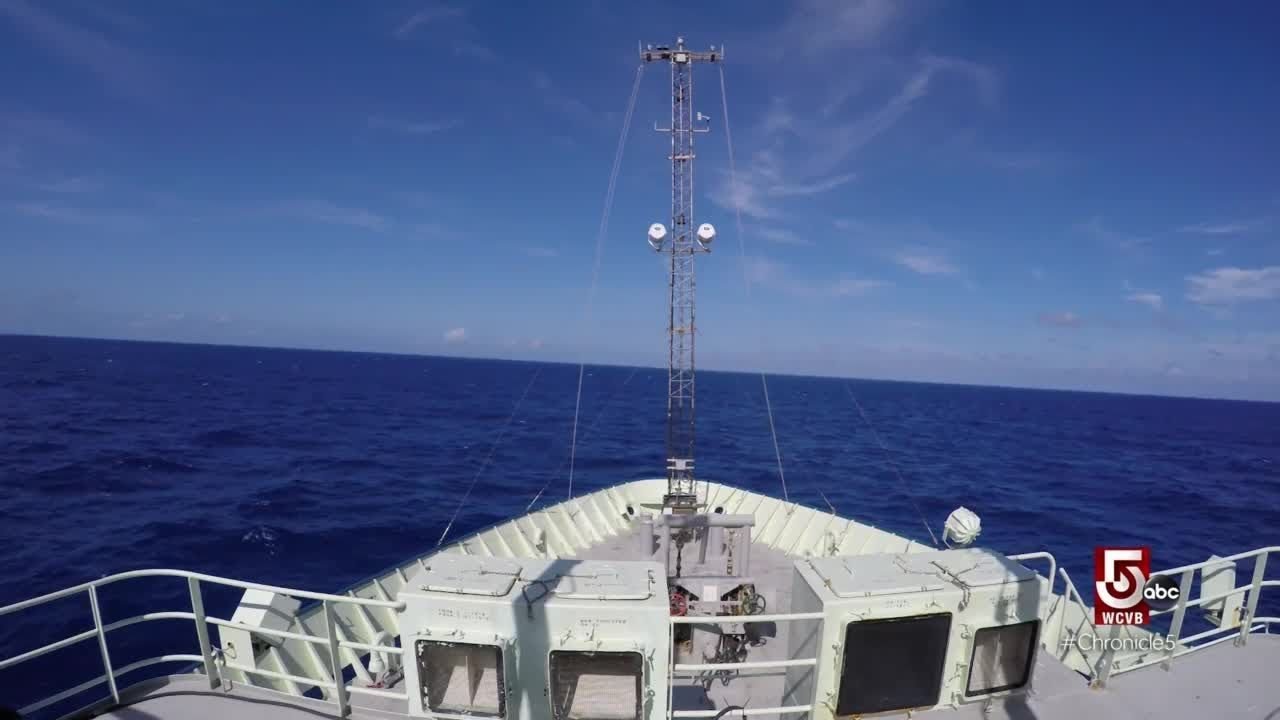Atlantic Ocean Break: An Overview of a Unique Geological Phenomenon
The Atlantic Ocean Break, a term used to describe a fascinating geological phenomenon, has been capturing the attention of scientists, environmentalists, and ocean enthusiasts alike. This phenomenon, which refers to the dynamic and evolving processes shaping the Atlantic Ocean basin, reveals much about the Earth’s geological activity and the ocean’s impact on global climate patterns. In this article, we’ll explore what the Atlantic Ocean Break is, its geological significance, and its broader implications.
What is the Atlantic Ocean Break?
The term “Atlantic Ocean Break” typically refers to significant geological and geomorphological changes occurring in the Atlantic Ocean, particularly around its mid-ocean ridge system. The Mid-Atlantic Ridge (MAR) is a continuous mountain range that stretches down the center of the Atlantic Ocean, dividing the ocean into the North Atlantic and South Atlantic. The ridge is a divergent boundary where tectonic plates move away from each other, creating new oceanic crust.
The “break” aspect comes into play with the ongoing activity at this ridge and related fault systems. This includes the formation of new rifts, volcanic eruptions, and seismic activities that influence the structure of the ocean floor. These breaks can lead to the formation of new underwater features and influence oceanic and climatic conditions.
Geological Significance
Plate Tectonics and Rift Formation: The Atlantic Ocean Break is closely associated with the processes of plate tectonics. As tectonic plates move apart along the Mid-Atlantic Ridge, magma rises from the mantle to create new oceanic crust. This process forms rift valleys and volcanic ridges. The continual creation and recycling of crustal material are fundamental to the dynamic nature of the Earth’s lithosphere.
Volcanic Activity: The Mid-Atlantic Ridge is an active volcanic region. Volcanic eruptions and the formation of hydrothermal vents along the ridge are direct results of the tectonic activity. These volcanic features contribute to the unique ecosystems found in the deep ocean, supporting diverse marine life adapted to extreme conditions.
Seismic Activity: The region is also known for its seismic activity. Earthquakes along the Mid-Atlantic Ridge can have significant impacts on the surrounding oceanic and coastal areas. Studying these seismic events helps scientists understand the broader implications for global seismicity and earthquake risks.
Environmental and Climatic Implications
Ocean Circulation: The Atlantic Ocean Break influences global ocean circulation patterns. The formation of new oceanic crust and the alteration of seafloor topography can affect the flow of ocean currents, which in turn impacts global climate systems. For example, changes in ocean currents can influence weather patterns and the distribution of heat across the globe.
Marine Ecosystems: Hydrothermal vents and volcanic structures created by the Mid-Atlantic Ridge provide unique habitats for deep-sea organisms. These ecosystems are crucial for understanding marine biodiversity and the resilience of life in extreme environments. The study of these ecosystems can offer insights into the potential for life in similar extreme conditions on other planets.
Climate Change: Understanding the Atlantic Ocean Break is also important in the context of climate change. The interaction between oceanic and atmospheric processes is complex, and changes in oceanic activity can have far-reaching effects on weather patterns and climate.
Future Research and Exploration
Ongoing research and technological advancements are enhancing our understanding of the Atlantic Ocean Break. Scientists use underwater robots, advanced seismic monitoring, and satellite imagery to study the ridge and its associated phenomena. These tools allow for detailed mapping and observation of underwater geological processes.
Future exploration and research will continue to focus on the impacts of the Atlantic Ocean Break on global climate systems, marine ecosystems, and seismic activity. As technology progresses, our ability to monitor and understand these processes will improve, providing deeper insights into the Earth’s dynamic systems.
Conclusion
The Atlantic Ocean Break represents a vital area of study within the field of geology and oceanography. The dynamic processes occurring along the Mid-Atlantic Ridge offer crucial information about the Earth’s interior, oceanic systems, and global climate. As we advance our research capabilities, the Atlantic Ocean Break will remain a key focus for scientists seeking to unravel the complexities of our planet’s geological and environmental systems.
